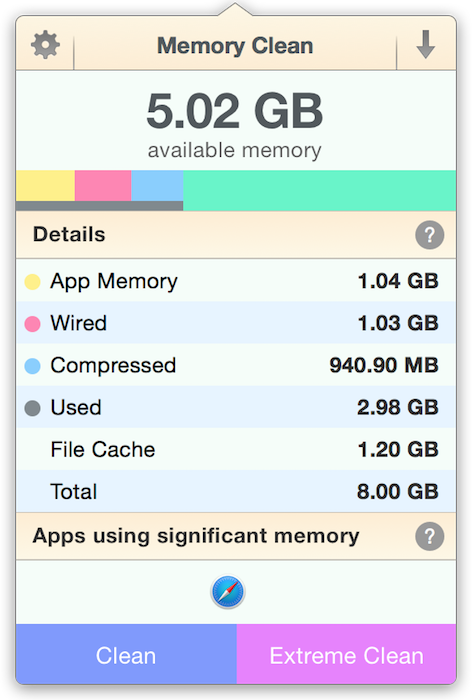
It is important to understand that the management of the Python heap is Operate within the bounds of the private heap. Some of the work to the object-specific allocators, but ensures that the latter Strings, tuples or dictionaries because integers imply different storage For example, integer objects are managed differently within the heap than Several object-specific allocators operate on the same heap and implementĭistinct memory management policies adapted to the peculiarities of every object The private heap for storing all Python-related data by interacting with the Like sharing, segmentation, preallocation or caching.Īt the lowest level, a raw memory allocator ensures that there is enough room in The Python memory manager hasĭifferent components which deal with various dynamic storage management aspects, The management of this private heap is ensured This operator is used to access class members using pointers.Memory management in Python involves a private heap containing all Python We then call the getAge() function using the code: ptr->getAge() The moment the object is created, the Student() constructor initializes age to 12. In main(), we have created a Student object using the new operator and use the pointer ptr to point to its address. We have initialized age to 12 in the default constructor Student() and print its value with the function getAge(). In this program, we have created a Student class that has a private variable age. memory allocation of num number of floats where n is the number of students entered by the user Note: Dynamic memory allocation can make memory management more efficient.Įspecially for arrays, where a lot of the times we don't know the size of the array until the run time.Įxample 2: C++ new and delete Operator for Arrays // C++ Program to store GPA of n number of students and display it
#Memory clean 3 upgrade coupon code
After assigning values to them and printing them, we finally deallocate the memories using the code delete pointInt In this program, we dynamically allocated memory to two variables of int and float types.

In this case, the delete operator can help the system from crash.Įxample 1: C++ Dynamic Memory Allocation #include

Note: If the program uses a large amount of unwanted memory using new, the system may crash because there will be no memory available for the operating system. Here, we have dynamically allocated memory for an int variable using the pointer pointVar.Īfter printing the contents of pointVar, we deallocated the memory using delete. The syntax for this operator is delete pointerVariable Ĭonsider the code: // declare an int pointer It returns the memory to the operating system. Once we no longer need to use a variable that we have declared dynamically, we can deallocate the memory occupied by the variable.įor this, the delete operator is used. In the case of an array, the new operator returns the address of the first element of the array.įrom the example above, we can see that the syntax for using the new operator is pointerVariable = new dataType This is because the new operator returns the address of the memory location. Notice that we have used the pointer pointVar to allocate the memory dynamically. Here, we have dynamically allocated memory for an int variable using the new operator. The new operator allocates memory to a variable. We can allocate and then deallocate memory dynamically using the new and delete operators respectively. In C++, we need to deallocate the dynamically allocated memory manually after we have no use for the variable. In other programming languages such as Java and Python, the compiler automatically manages the memories allocated to variables. This is known as dynamic memory allocation. C++ allows us to allocate the memory of a variable or an array in run time.


 0 kommentar(er)
0 kommentar(er)
